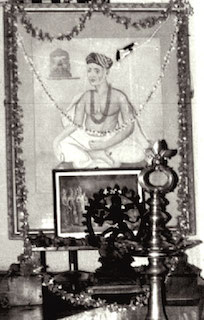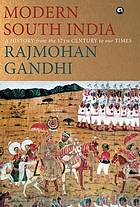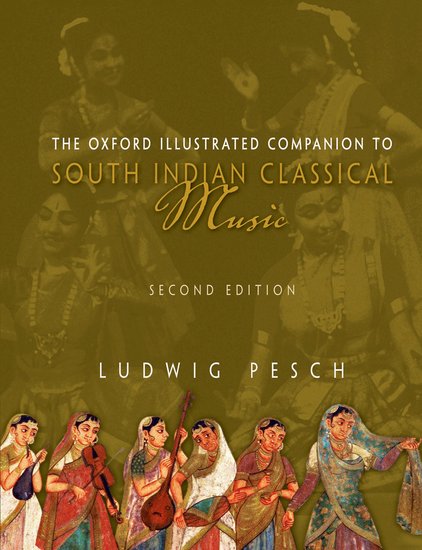
at Kalakshetra
Photo © Ludwig Pesch
The period 1750-1850 was a golden era in world music, when some of the greatest musician-composers lived and enriched the field. In Europe, Beethoven, Mozart, Mendelssohn, Schumann and others lived during this period and created the symphony repertoire. It is a significant coincidence that the Carnatic Music trinity—Tyagaraja (1767-1847), Muthuswami Dikshitar (1776-1835) and Syama Sastry (1762-1827)—lived in a single area in Tanjore District during the same period.
As a tribute to Tyagaraja as we celebrate his 250th birth anniversary, we explore Tyagaraja’s compositions, his contribution to Carnatic music, his lyrics from the point of view of literature, prosody and poetics, his creation and craftsmanship of ragas1 and his devotion to Rama.
Source: “Tyagaraja 250: His art and craft: Cover Story by Pappu Venugopala Rao (Sruti Magazine, Issue 393)
URL: https://www.sruti.com/index.php?route=product/product&path=6&product_id=465
Date Visited: 6 December 2021
For details on the classical music of South India (including staff notation for ragas covered in the Flow series), see the present author’s critically acclaimed reference work: The Oxford Illustrated Companion to South Indian Classical Music >>
Carnatic music as experienced today: its social and political context in a nutshell

As the nineteenth century closes and in January 1901 a distant Empress dies, the onlooker recognizes an advance across South India in education, a growing print culture, and an emerging middle class of small landholders, doctors, lawyers, college teachers, writers, government employees and merchants.
In the realm of ideas, the onlooker discerns a few currents. One is of nationalism. Another is for reform in traditional customs and exclusions. A third is of linguistic pride. And a fourth pursues equality among castes.
Rajmohan Gandhi in Modern South India: A History from the 17th Century to Our Times , p. 236
This is a Dravidian story, and also more than that. t is a story involving four centuries, the seventeenth, eighteenth, nineteenth and twentieth, yet other periods intrude upon it… [cover notes]
Information about the persons, items or topics
Research & Custom search engines
The Oxford Illustrated Companion to South Indian Classical Music
Learn & practice more
A brief introduction to Carnatic music (with music examples and interactive map)
Bhava and Rasa explained by V. Premalatha
Free “flow” exercises on this website
Introduction (values in the light of modernity)
Video | Keeping tala with hand gestures: Adi (8 beats) & Misra chapu (7 beats)
Why Carnatic Music Matters More Than Ever
Worldcat.org book and journal search (including Open Access)
- The most concise definition of a raga may be that by Joep Bor: a tonal framework for composition and improvisation. [↩]
